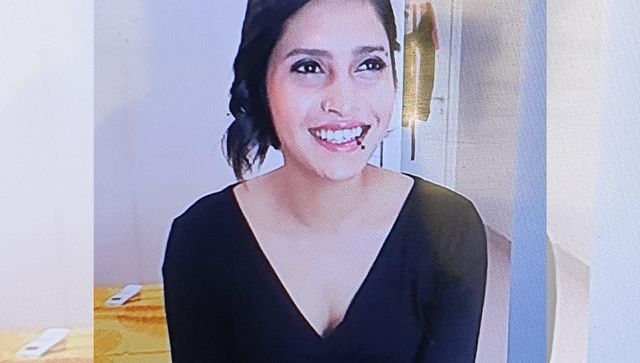DNA is set to play a big role helping solve the Shraddha Walkar murder. On Wednesday, police found bloodstained tiles at the rented apartment Shraddha shared with her live-in partner and Aftab Poonawala. Police sources said the tiles have been sent for examination and that the results are expected in two weeks. This after recovering human remains including the base of a skull and a jaw from Mehrauli forest. A retired Delhi Police chief told PTI on condition of anonymity, “Circumstantial evidence will play a crucial role in establishing the guilt of the accused." A serving Delhi Police officer said since the accused and Shradha were in a live-in relationship, the case would be “strengthened by forensic evidence and DNA samples of the recovered body parts or blood stains if any.” But how does DNA testing work? What major cases have been cracked because of it, and why does it take so long? Let’s take a closer look: What is DNA? First, let’s take a brief look at DNA.
DNA, known as deoxyribonucleic acid, is what human beings are made of.
DNA is made up of four chemicals – adenine (A), guanine (G), cytosine (C), and thymine (T). The human genome is made up of 3.2 billion bases – with 99.9 per cent of those the same in all people. And yet, these minute variations result in a staggeringly large number of unique DNA sequences. Brief history of DNA testing DNA profiling was first developed in 1984 by Alec Jeffreys in the UK. Originally called “DNA fingerprinting’, it has been used in courts of law all over the world to establish identities and convict suspects.
In India, the technology was first used in 1989 to solve a case of parentage dispute.
Professor Lalji Singh, who passed away in 2017, is known as the ‘father of DNA fingerprinting’ in India. How does DNA actually testing work? According to The Conversation, a DNA profile from a blood sample will be the same as from a plucked hair, inside a tooth, saliva, or skin. The optimum amount of DNA needed to generate a profile is a miniscule amount – 500 picograms. Forensic scientists can identify a particular DNA profile by using blood, semen, saliva, urine, faeces, hair, teeth, bone, tissue and cells found at a crime scene to samples taken from a suspect. DNA can be left on masks, hats, gloves, clothing, tools, weapons, underclothes, bedding, dirty laundry, fingernail scrapings, cups/bottles, cigarettes, toothpicks, toothbrush, facial tissue, hairbrush, eyeglasses, condoms, tape, ligatures (rope, wire, cords), stamps and envelopes. In general, DNA samples submitted to a laboratory have to undergo the following steps:
- Extraction – The process of releasing the DNA from the cell
- Quantitation – The process of determining how much DNA you have.
- Amplification – the process of producing multiple copies of the DNA in order to characterize it.
- Separation – the process of separating amplified DNA product to permit subsequent identification.
- Analysis & Interpretation – the process of quantitatively and qualitatively comparing DNA evidence samples to known DNA profiles.
- Quality Assurance – the process of reviewing analyst reports for technical accuracy.
In Shraddha’s case, police have to test the bloodstained tiles as well as compare the bones found in the forest to the blood samples given by her father and brother.
Experts say that even with the best of equipment, this is a time-consuming procedure.
Dr Tayyaba Tanvir, resident doctor of forensic medicine at Delhi’s Maulana Azad Medical College, told Indian Express the method used depends upon the lab where the procedure is carried out. It usually takes at least a week in straightforward cases. When it comes to the bones recovered from the forest, a senior official of the Forensic Science Laboratory in Rohini told the newspaper it could take up to two weeks as the samples were very old. But there’s every chance DNA could crack the case. After all, DNA has been used to crack several high-profile cases in India including the assassination of Rajiv Gandhi, the murder of Naina Sahni, the paternity case of former Union minister ND Tiwari, the Priyadarshini Mattoo case, the Delhi bus gangrape case, the Hyderabad blasts case and to convict Bollywood actor Shiney Ahuja. With inputs from agencies Read all the Latest News , Trending News , Cricket News , Bollywood News , India News and Entertainment News here. Follow us on Facebook, Twitter and Instagram.


)

)
)
)
)
)
)
)
)



